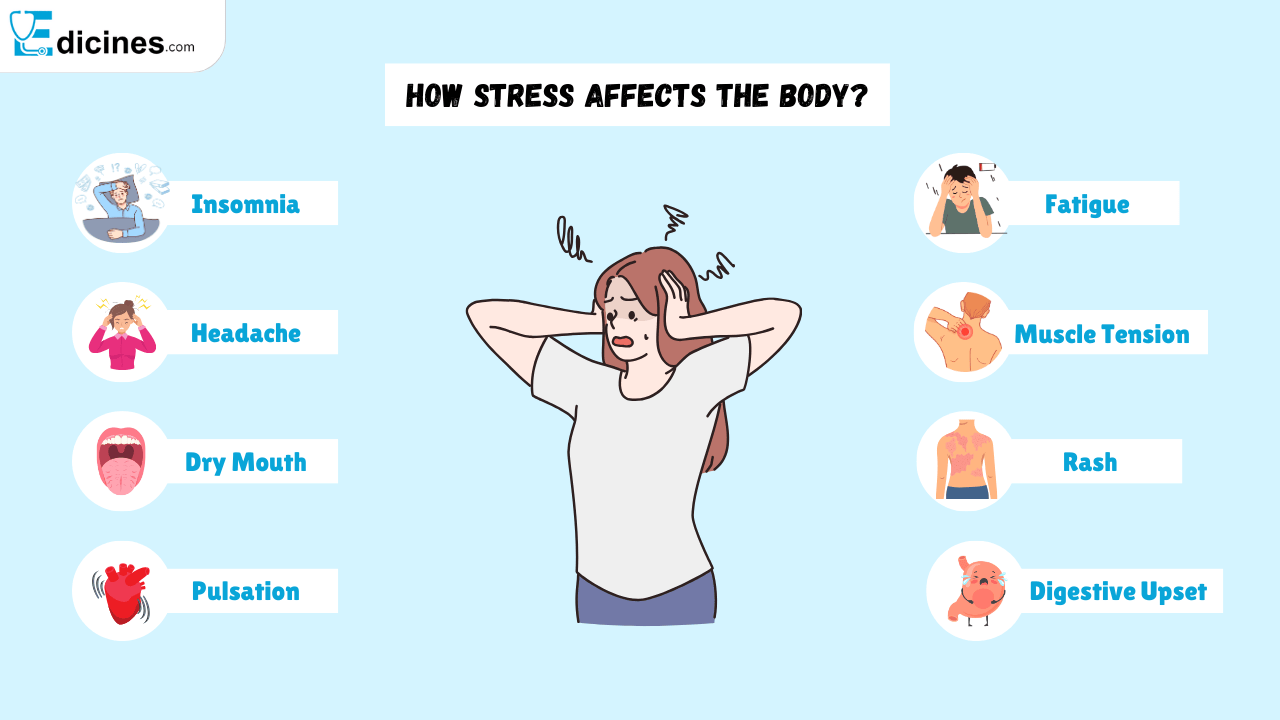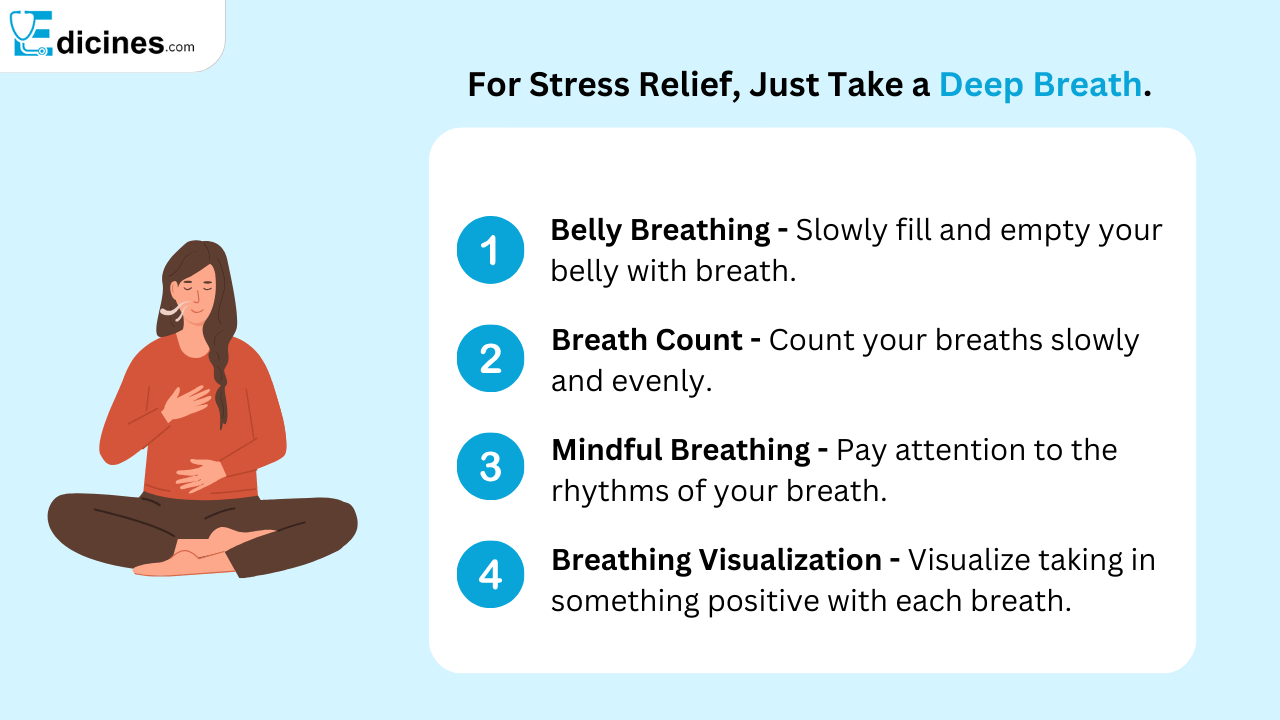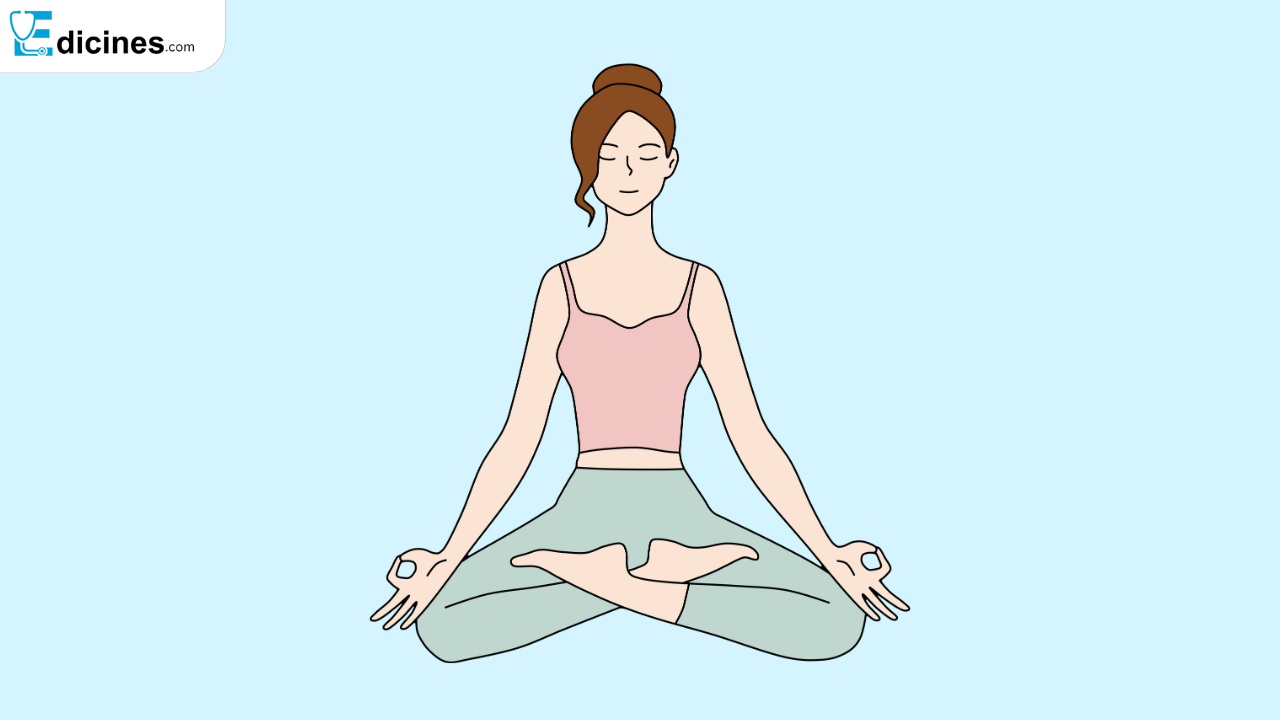How Breathing Affects Stress Levels
Breathing plays an important role in how our bodies respond during stressful times. When faced with stressful situations, we often tend to breathe shallowly causing our bodies’ fight-or-flight responses to get triggered.

Nonetheless, Controlled breathing can reverse these effects. Slow deep breaths stimulate the parasympathetic nervous system thus reducing cortisol production—the main stress hormone.
By learning how to use breathing for stress relief, you can regain control during anxious moments and promote relaxation.
Effective Breathing Exercises to Try
You can experience the benefits of controlled breathing through consistent practice.

These are five relaxation breathing exercises that can help reduce tension and bring back peace of mind:
Deep Breathing
Deep breathing is one of the oldest methods that were used to relieve stress.
You have to do the following:
- Find a position that is comfortable, whether sitting or lying down.
- Through your nose, take a deep breath, making sure that your stomach becomes bigger.
- Hold it for a little while.
- Then exhale slowly through your mouth, Letting go of tension in highly strained area.
This exercise works best because it stimulates oxygen circulation and decrease sympathetic nervous system activity in addition to inducing tranquility.
Diaphragmatic Breathing
Belly breathing also refers to diaphragmatic breathing which emphasizes diaphragm engagement during deeper inhalations.
- Place one hand on your chest and put the other hand on your belly.
- Take in all air through the nose while feeling your stomach go outwards.
- Release through the mouth and allow the abdomen fall down. As a result, this method improves pulmonary efficiency as well as promotes relaxation.
Box Breathing
Box breathing is a steady, methodical way to calm your mind and focus. It entails:
- Inhale through the nose four counts.
- Hold for four counts.
- Take four counts out through the mouth.
- Then repeat the previous step (holding again for four counts).
- This cycle taken numerous times slows down the heart rate thus reducing anxiety.
4-7-8 Breathing
The purpose of this method 4-7-8 breathing is to reduce anxiety and support sleeping well:-
- By inhaling slowly through the nose for four seconds.
- Then holding it for seven seconds.
- Finally exhaling slowly through the mouth for eight seconds. It resets body’s stress response leading to calmness.
Alternate Nostril Breathing
Nostril alternate breathing is an ancient Indian yoga practice. It helps achieve balance in energy levels and increases clarity of thought.
To perform the exercise:
- Sit comfortably in a relaxed position.
- Close one nostril using your thumb on the left side of your nose (the nostril closest to you).
- Inhale deeply through the open nostril.
- Take shallow breaths while inhaling.
- Then, use your ring finger to close the same open nostril.
- Release the air from the other nostril (right side) by exhaling.
This practice acts like a natural remedy for relaxation. It is particularly useful after intense sessions or a long day of work. It helps relieve mental fatigue and stress.
Integrating Breathing Exercises into Your Routine
One can easily notice how stress management breathing exercises for anxiety can contribute to one’s daily life.
The following are easy ways on how they could incorporate them in their daily life.
Morning Rituals
Get started with deep breathing for stress relief; just a few minutes every morning will do. A morning breathing routine ensures that the rest of the day stays calm and positive.
Work Breaks
During a busy workday, practicing relaxation breathing techniques during short breaks may help you ease those muscles while relieving tension out of your mind as well. Just a few minutes of box or diaphragm breathing can be enough to clear your head.
Before Sleep
Do you have trouble getting sleep? Try the 4-7-8 method before bed for calming down your mind in order to be able to sleep well through the night.
Advanced Breathing Techniques for Stress Management
When you are able to familiarize yourself with the fundamental techniques; it is time that you get into more elaborate stress management breathing exercises.
Resonant Breathing
This is an advanced stress management technique that involves taking slow deep breaths at a specific rhythm, which is often six breaths per minute (the rate at which people are said to breathe under normal circumstances).
This technique also creates interdependence between heartbeats and respiration reducing anxiety and stress hence leading some sense of relaxation
Holotropic Breathing
Holotropic breathing entails a very intensive approach employed in therapeutic settings designed for emotional discharge and self-exploration purposes.

Pranayama
Rooted in ancient yoga traditions, Pranayama includes various breathing exercises designed to regulate the body’s energy and reduce stress. Techniques such as Ujjayi and Kapalabhati are powerful for calming the mind and considered as calming breath techniques.
Benefits of Breathing Techniques
Regular use of breathing techniques for stress reduction offers many benefits.
These include:
- Lowered levels of anxiety and tension.
- Enhanced concentration ability as well as improved mental sharpness.
- Increased control over one’s emotional reactions.
- Greater physical relaxation and relief from tension.
Common Challenges of Breathing Techniques
Some people may find it hard to maintain focus or perform deep breathing in stressful situations, although these exercises might seem to be simple at first glance.
In order to overcome this:
- Start with short sessions, then gradually build up duration.
- Practice them in a quiet, comfortable place.
- Be patient waiting for the time when these will become automatic movements.
Conclusion
Breathing techniques for stress are excellent ways to reduce stress naturally that you can incorporate into your daily routine. Whether you are a beginner or more advanced, there are exercises ranging from deep breathing and belly breathing to complex methods like Pranayama and Holotropic breathing.
Practicing them consistently helps improve emotional health leading to a sense of peace. For a more stress-less life begin by practicing these breathing techniques today. Do them every day and discover how much mindful breathing can change your life.













